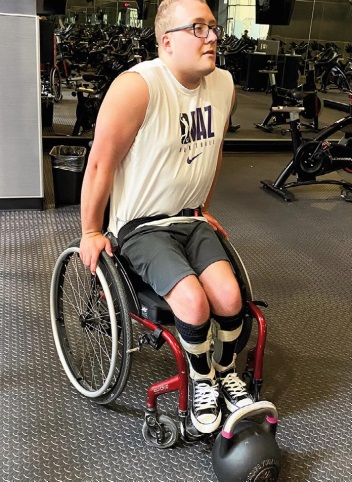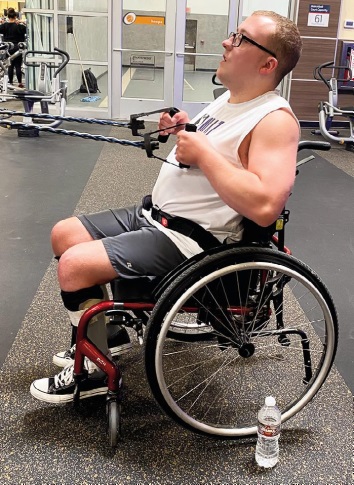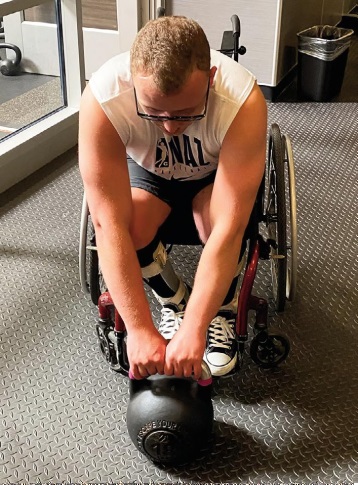ON YOUR WAY TO BETTER HEALTH : ADAPTIVE EXERCISES 1 - 3

WHEELCHAIR PUSH-UPS
In one study, wheelchair push-ups were found to be effective at helping you gain muscle, promote arm and upper body strength, and also build physical endurance.
Chronic sitting can lead to the lack or overuse of certain muscle groups in the body. The best way to find balance? Perform the routine for wheelchair push-ups.
This type of exercise relieves pressure and prevents you from feeling sore. This is also why wheelchair push-ups are sometimes called "pressure lifts." This exercise also moves your triceps and biceps brachii, two muscle groups that help you lift yourself up independently or with just a little help or support.
Here's what you need to do to perform this adaptive exercise:
- For safety, lock your wheelchair and unhook the safety belt.
- Put both your hands on the wheels of the wheelchair.
- Take a deep breath and as you inhale, push yourself up from the wheelchair.
- Hold your breath for 3 seconds then release it at the same time that you sit back down on your wheelchair. If you can and you are able to, you may increase the hold for 5 seconds or more.
- Do this for at least 15 reps.
Interested in more exercises like this? Read our list of the best Special Strong wheelchair exercises, including the Medicine Ball Criss-Cross and Sitting Bicycle Crunches at specialstrong.com/exercises-for-people-in-wheelchairs

BAND ROWS
Using a band row is a form of strength training resistance exercise which helps target muscles in your upper back and chest wall. With this exercise, you not only tone your body but also strengthen it and burn stomach fat due to prolonged sitting.
What's good with band rows is that it helps improve upper body strength which in turn lowers your chances of getting injured when moving. It also helps improve posture. Here's how you can do this exercise:
- Using a door anchor, secure a resistance band to the top of a door, or three feet above your head.
- Grab both ends of the band with each hand and move away from the door to create tension
- Slowly pull the resistance band towards your torso, keeping your elbows close to your body
- Exhale and pause for a second before you release the tension and inhale at the same time.
- Do this for at least 15 reps. After the upper body exercises, your should also make sure that you pay attention to your lower body.

KETTLEBALL DEADLIFTS
The kettlebell deadlift is one of the best exercises for total lower-body strength since it moves every muscle in your lower body like your quadriceps, hamstrings, and glutes. It also works your upper body muscles and can be done at the comfort of your home!
Now before you do this exercise, make sure that you choose the right kettlebell for you. That is, kettlebells are colored differently to indicate different weights. Following the international standards, the following color codes has a corresponding weight:
- Pink - 8kg (18lbs)
- Blue - 12kg (26lbs)
- Yellow - 16kg (35lbs)
- Purple - 20kgs (44lbs)
- Green - 24kgs (53lbs)
- Orange - 28kg (62lbs)
- Red - 32kg (71lbs)
It's best to start with the lightest kettlebell weight if it's just your first time doing this exercise. Then you can add more weight as you progress. With that, here are the steps to help you do this adaptive exercise.
- Place a light kettlebell between your feet (58kg/11lbs-18lbs)
- Grab the kettlebell with both hands while looking down at the ground
- Keeping your back straight and your chest lifted, lift the kettlebell a few inches above knees for 3 seconds.
- Note: Try to squeeze and keep your glutes tight when lifting.
- Do this for 15 reps.